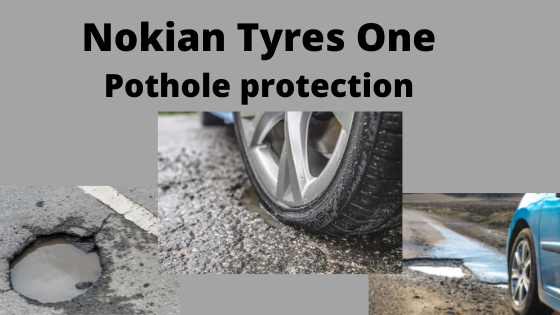When it comes to changing tires from your all-season tires to winter tires, people seem to want to make sure that they change to winter tires the day the weather changes. It is almost like it is a sport guessing it precisely. They don’t realize that it is associated with the danger of changing your tires too late. To drive in snow with all-season tires drastically increases your chances for an accident to happen. All-season tires are not designed for any snow or ice. They are not even designed for cold temperatures, which makes them very hard at low temperatures. A hard tire versus a soft tire has much lower friction, reducing its grip and traction. They also don’t have the tread pattern that a winter tire has to handle snow and to ensure that you have a good grip on snow and ice.
Everything is stacked against you when you try to drive with all-season tires on snow or icy roads. You have almost no possibility to create any grip that you will need to stay on the road and to be able to get the car to stop. This is why you see so many accidents coincide with the first snow. People are not prepared and end up with the wrong tires on their cars. Changing a tire a bit too early is neither bad nor dangerous. Since the winter tires are superior to all-season tires already at temperatures below zero, you will most likely have some scenarios where the night temperatures are below zero when you drive before the snowfalls.
The best is always to change early, and also, when the winter finishes, you wait until you are sure that it will not return with some surprising snowfalls. This will make sure that you are always safe when you drive and handle the tricky winter conditions. If you have studded tires, you will have to comply with the time limits associated with those tires, and if you have non-studded tires, you are a bit more flexible when you change tires. In both cases, it all comes down to safety and ensuring that you always have winter tires mounted on your car; if you don’t, you don’t drive.
In addition to using the two different types of winter tires, you also have the option to use winter-approved tires that can be used all year round. These tires are called all-weather tires, and instead of the all-season tires, they can handle any type of weather condition, while the all-season tires only handle warm seasons. All-weather tires have a tread and rubber compound that can handle the full range of different weather, from warm summer conditions to harsh winter ones. This omits the need to change tires between the seasons and is a perfect option for areas with very unpredictable weather and where it might not make sense to change, but you still want to have the full safety of winter tires for the period there is snow on the ground.
For more information regarding winter tires, visit: https://www.nokiantires.com/
